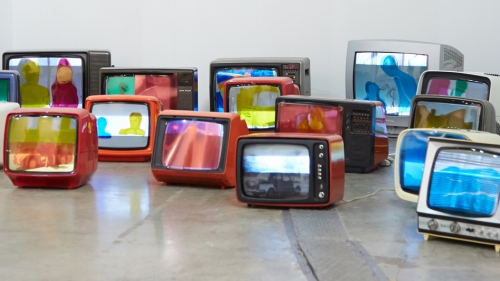“Urgent, thoughtful, provocative. In short, everything you would expect from Mirzoeff."
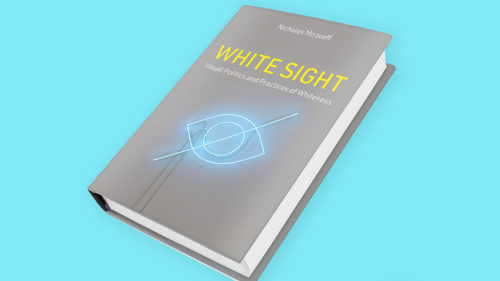
In his new book White Sight: Visual Politics and Practices of Whiteness (MIT Press, February 2023), Professor Nicholas Mirzoeff writes about the visuality of white supremacy, the material infrastructures that construct this aesthetic of whiteness — "all the material and visible means to divide and thereby racialize, including neoclassical architecture, museums, national parks, prisons, triumphal arches, tombs of the unknown soldier, universities, zoos" — and how we might resist and dismantle it.
From the Renaissance sculptor Pietro Tacca, who used the bodies of enslaved persons for his wax casts; to Roger Mayne's post-war Notting Hill street photography; and the contemporary work of artists like Claire Fontaine, Kia Henda and filmmaker Isaac Julien, Mirzoeff culls powerful examples from the history of art to illustrate the book's arguments. He traces the concept of white sight to the Renaissance invention of perspective, which Mirzoeff understands as an imperial surveillance technology.
As in his earlier works A Right to Look (Duke University Press, 2011) and How to See the World (Basic Books, 2016), Mirzoeff reads art and visuality as both a colonizing force and as a site for imagining radical transformation.
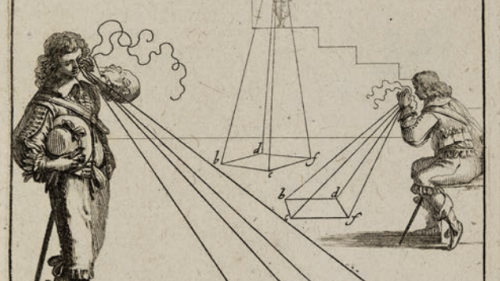
Abraham Bosse, “Perspective,” in Manière
universelle de M. Desargues pour pratiquer
la perspective par petit pied (Paris, 1648),
pl. 2. Courtesy of the Royal Institute of
British Architects.
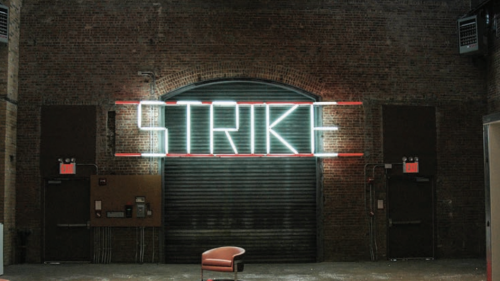
Claire Fontaine, STRIKE (K. font V.I), 2005.
Wall mounted, white fluorescent tubes,
red gelatine filters, transformers, spacers,
movement detector and circuit-breaker.
135 × 6,500 × 40 mm. Installation view:
Grey Flags, The Sculpture Centre, New
York, May 2006. Courtesy the artist and Frac
Aquitaine, France. Photo: James Thornhill.
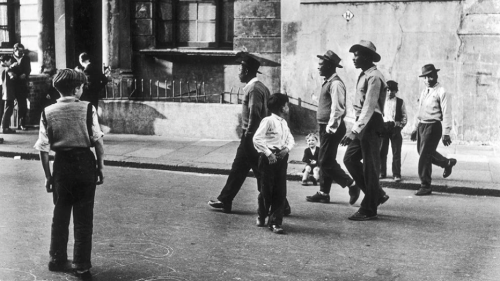
Roger Mayne, photo of West Indians in
Southam Street, 1956. © Roger Mayne
Archive / Mary Evans Picture Library
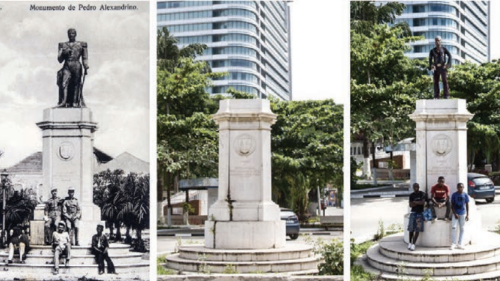
Kiluanji Kia Henda, Redefining the Power
III (with Miguel Prince), 2011. Triptych,
photographic print mounted on aluminium,
120 × 80 cm. Photo supplied by Goodman
Gallery.

